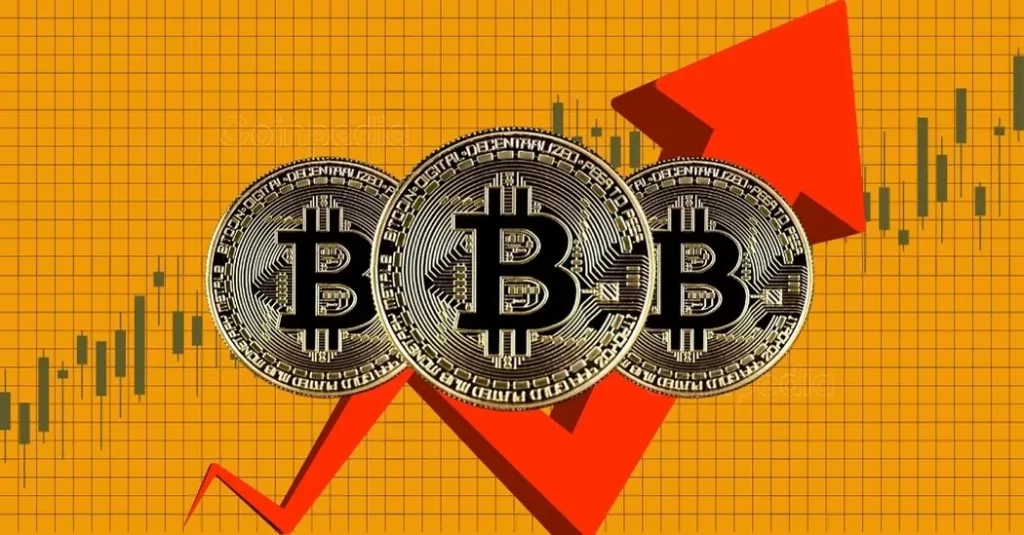
The post FTX and Alameda Research Move $24 Million in Crypto Assets Amidst Legal Challenges appeared first on Coinpedia Fintech News
FTX and Alameda Research have intensified their asset movements, depositing a substantial $24 million worth of digital assets to exchanges Kraken and OKX.
FTX’s strategy of converting digital assets into cash is an apparent attempt at stabilizing its financial position in the wake of its 2022 bankruptcy filing and the subsequent legal battles faced by its former CEO, Sam Bankman-Fried. Convicted on all seven charges, including fraud and money laundering, the company’s current moves are seen as a way to manage its debt obligations.
Detailed Asset Movement
- FTX and Alameda’s Recent Deposits: The firms have transferred 250,000 SOL ($13.5M), 8.27M MATIC ($7.41M), and 1,500 ETH ($3.1M) to exchanges.
- Cumulative Transfers: As of November 14, the total value of assets transferred by FTX and Alameda to various exchanges stands at a staggering $438 million, spread across 42 different tokens.
- Liquidity and Locked Assets: Despite these transfers, FTX’s liquidity is dwindling, with just 3,408 SOL ($179K) remaining in Cold Storage 2. However, a massive cache of 42.2M SOL ($2.19B) remains under lock-up, slated to unfreeze from next year through 2027 or 2028 gradually.
Also Read – FTX and Alameda Move $350 Million in Crypto: Are Your Assets at Risk?
The massive transfer of assets by FTX and Alameda to exchanges raises concerns about potential market impacts. Investors are wary, as these movements might indicate a plan to liquidate significant holdings, possibly affecting market dynamics and token prices.
FTX’s recent history and the ongoing liquidation efforts highlight the fragility and interconnectedness within the cryptocurrency market. The situation underscores the importance of regulatory clarity and robust risk management strategies for investors and firms alike.
The cryptocurrency community is closely watching these developments. The fate of FTX and Alameda’s locked assets, particularly the substantial SOL holdings, could have far-reaching effects on the market. As the situation evolves, stakeholders remain alert, anticipating possible market fluctuations and regulatory responses.

 1 year ago
73
1 year ago
73
 [Updated]
[Updated] 













 English (US) ·
English (US) ·